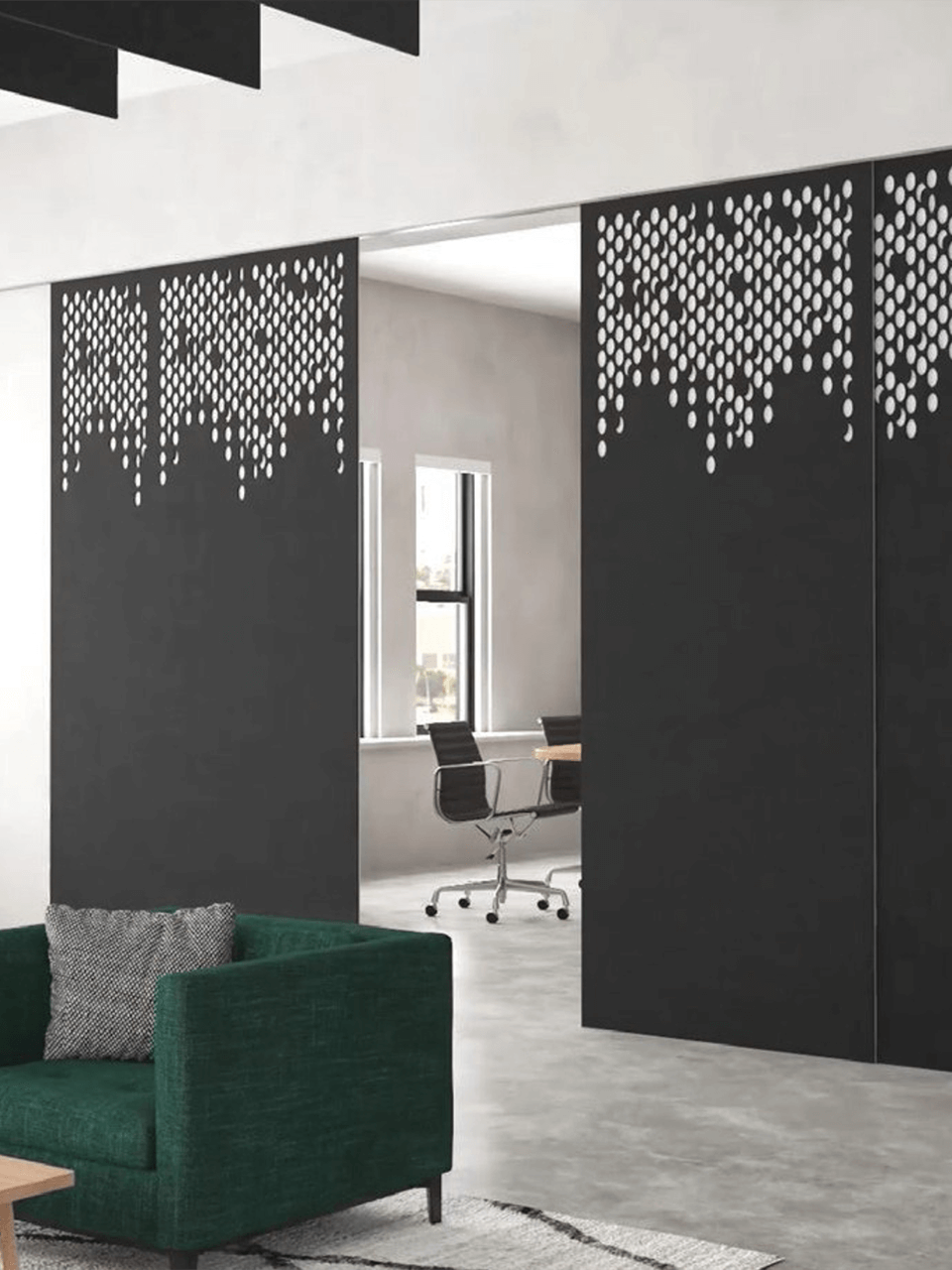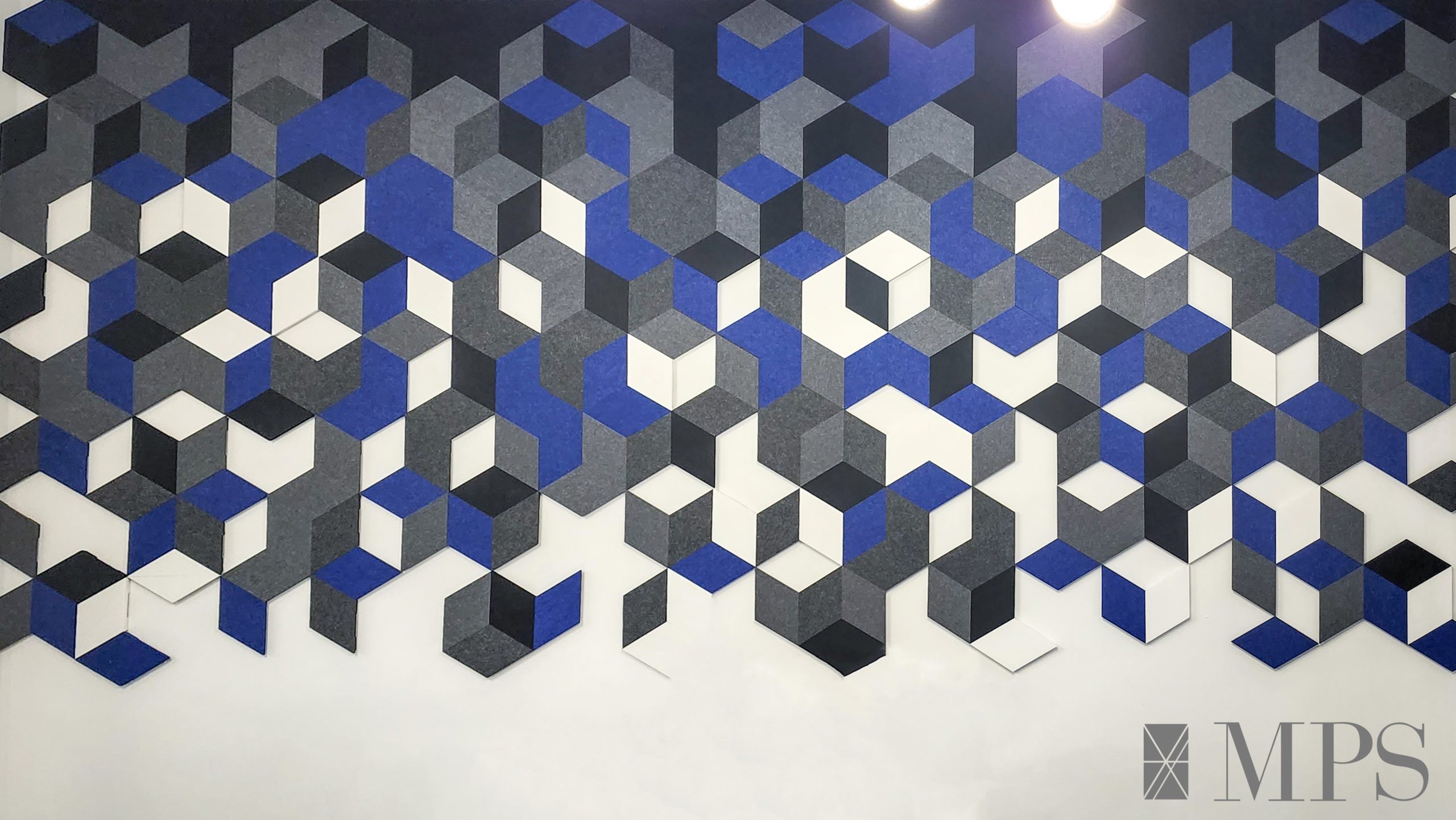In its broadest sense, white noise is like the white color. Just as white color is made up of every color in the spectrum, so white noise is made up of thousands of frequencies, all in equal amounts. This is why white noise is considered “unstructured sound.” Structured sound – voices, music – communicates information using specific frequencies. Because unstructured sound communicates nothing, our minds quickly tune it out.
It is this trait that makes white noise particularly valuable for masking intrusive or distracting human speech. Because it’s unstructured sound, it makes it much more difficult for our minds to discern individual words and other structured sounds. To put it another way, white noise “fills in” the sound spectrum.
As the technology involved in white noise machines – more accurately called sound masking systems – has improved, so have many of the white noise machines themselves. For example, most high-end white noise machines now produce a more targeted spectrum of sound that is both more comfortable to hear as well as more effective at masking particular sounds, such as human speech.
It’s important to note, though, that white noise machines are not noise cancelling machines; they cover sound, rather than actually stopping or modifying the sound waves.

















































